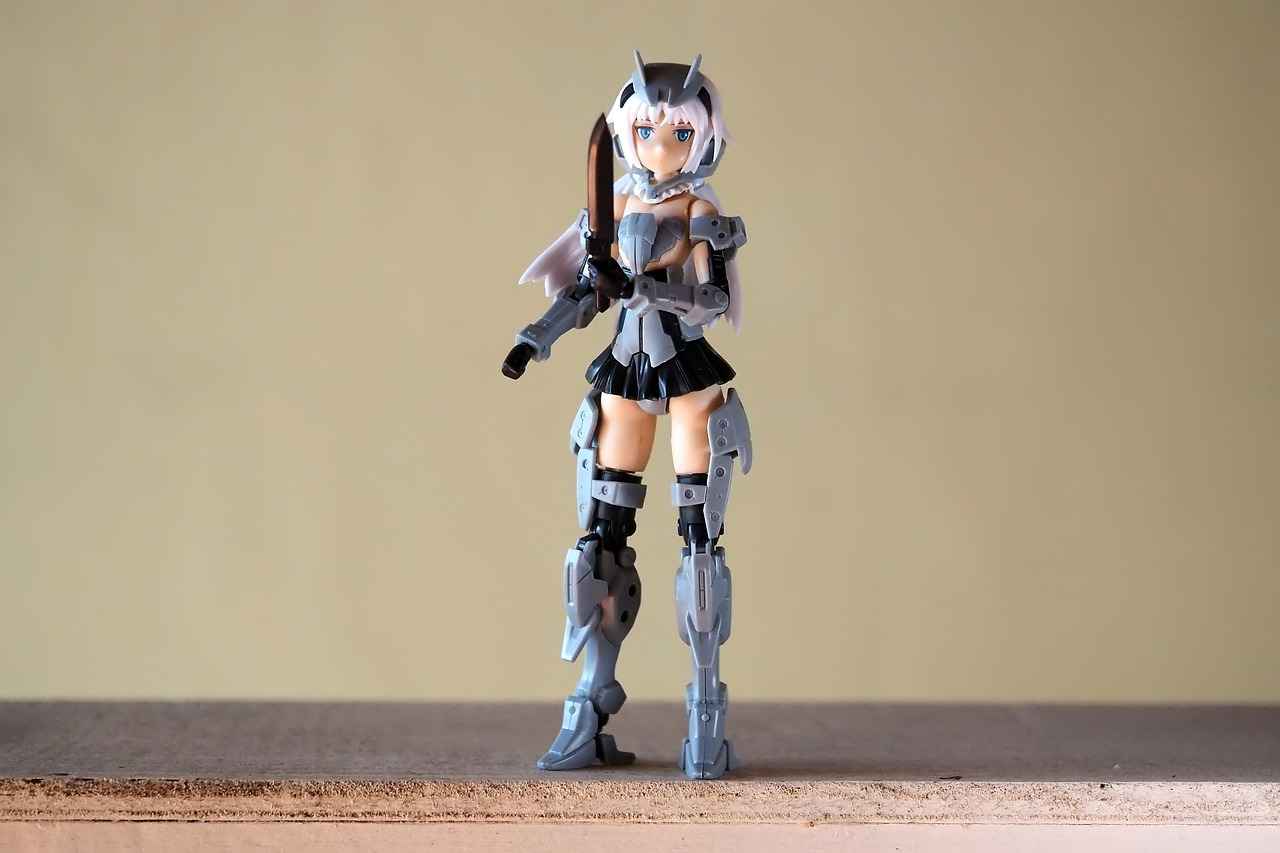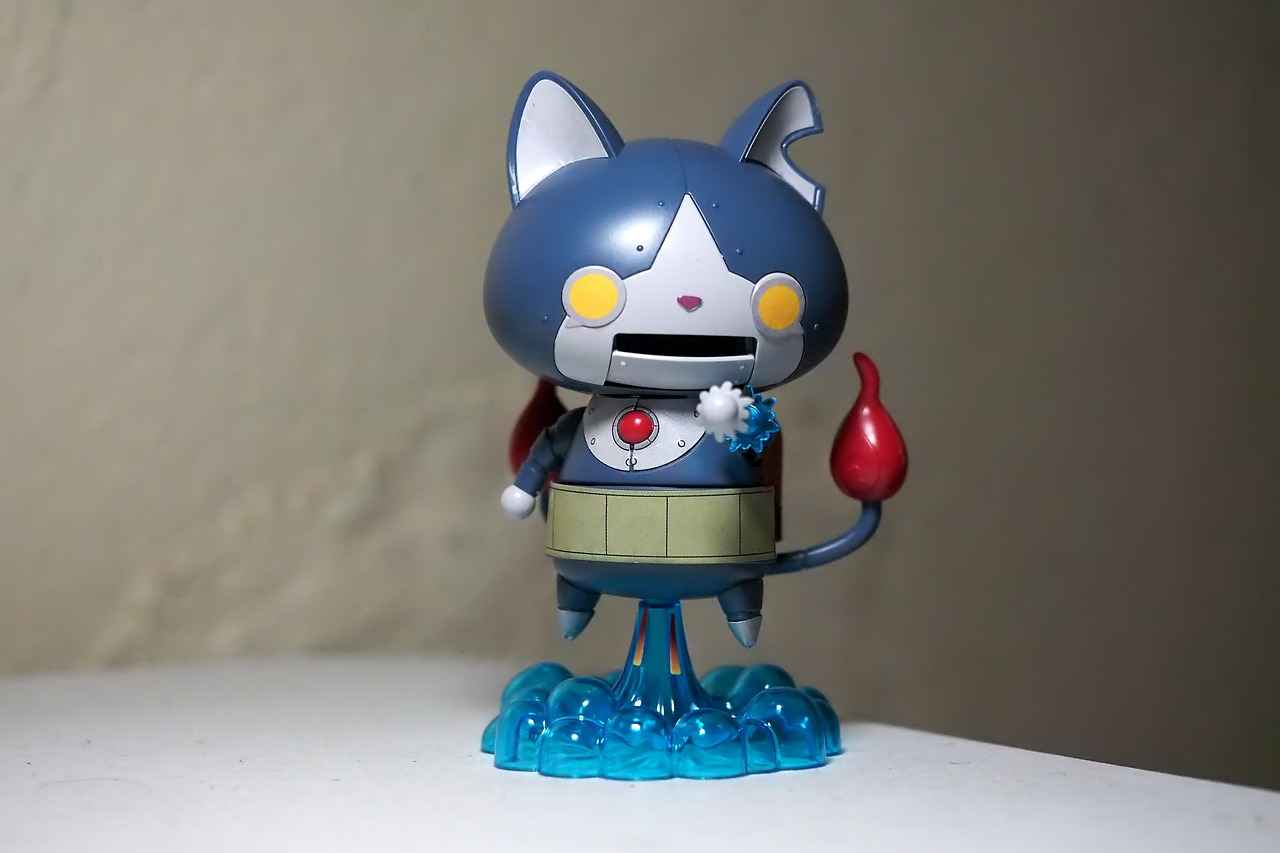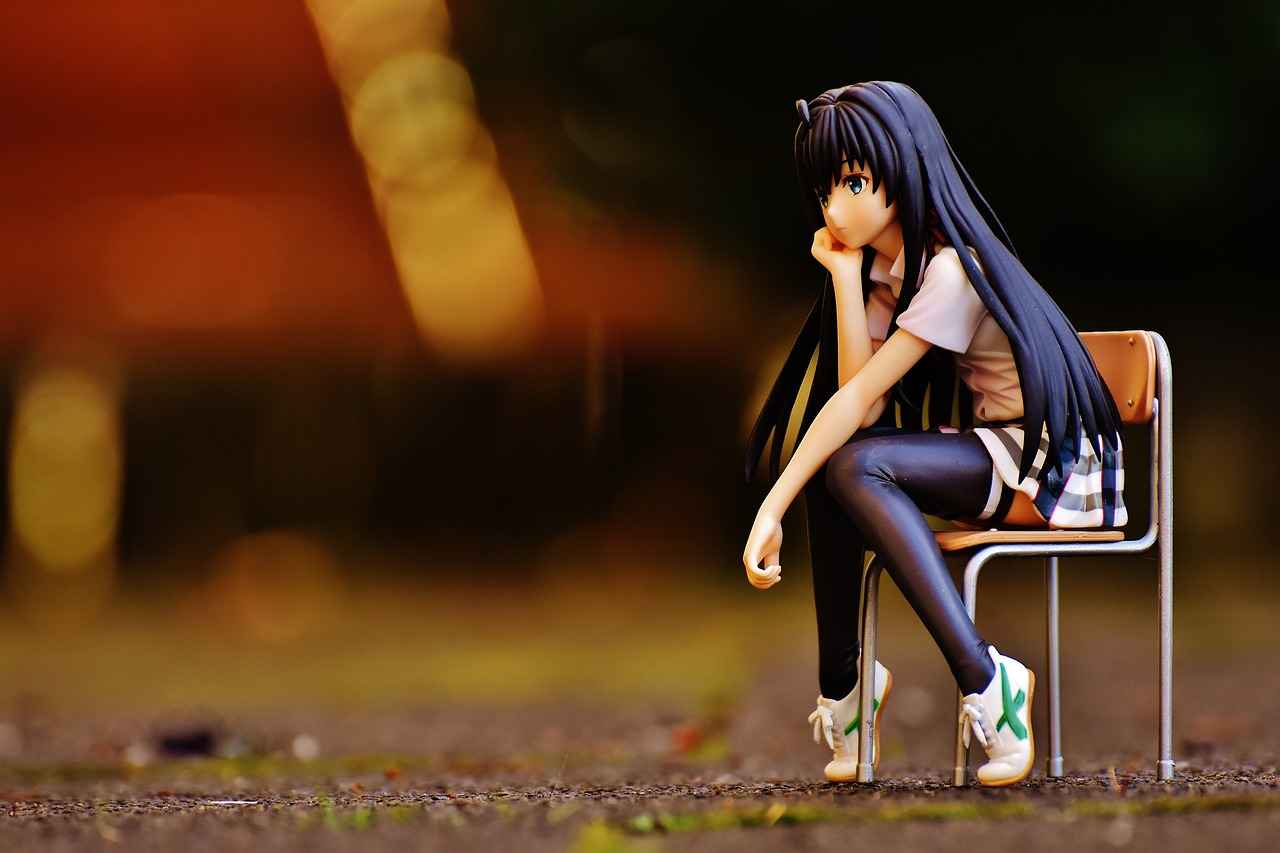This article explores the dynamic evolution of anime, highlighting key developments, trends, and cultural influences that have shaped its journey from a niche interest to a global phenomenon.
Historical Overview of Anime
Anime’s roots can be traced back to the early 20th century, with the first animated films produced in Japan during the 1910s. Notable early works include Namakura Gatana (1917) and Urashima Tarō (1918). The post-World War II era saw the rise of iconic figures like Osamu Tezuka, often referred to as the “God of Manga,” whose work laid the foundation for modern anime.
Technological Advancements in Animation
The evolution of technology has significantly impacted anime production. The transition from traditional hand-drawn techniques to digital animation has revolutionized the industry, allowing for greater creativity and efficiency. Today, studios utilize advanced software and techniques, enhancing the visual quality of anime.
Impact of CGI on Storytelling
Computer-generated imagery (CGI) has opened new avenues for storytelling in anime. This technology allows for stunning visuals and intricate designs that were previously impossible, thereby enhancing audience engagement and narrative depth.
Emergence of Streaming Platforms
With the rise of streaming services like Crunchyroll and Netflix, anime has become more accessible to global audiences. These platforms have not only expanded the reach of anime but also fostered a diverse range of genres and styles, catering to various viewer preferences.
Globalization of Anime
Anime has transcended cultural boundaries, gaining immense popularity worldwide. This globalization has influenced themes, styles, and even led to international collaborations, enriching the storytelling landscape.
Shifts in Themes and Genres
Over the years, anime has diversified in terms of themes and genres, reflecting societal changes and audience expectations. From traditional shōnen and shōjo to more complex narratives exploring psychological and social issues, the evolution of anime mirrors the complexities of modern life.
Representation and Diversity in Anime
Recent trends in anime emphasize representation and diversity, showcasing characters from various backgrounds and cultures. This shift resonates with contemporary audiences and reflects broader global issues, promoting inclusivity.
Evolution of Character Archetypes
Character archetypes in anime have evolved significantly, moving away from simplistic roles to more complex, nuanced characters. This evolution allows for richer storytelling and deeper emotional connections with viewers.
The Future of Anime
As anime continues to evolve, its future remains bright. Upcoming trends may include further technological innovations and an increasing focus on global narratives. The lasting impact of current cultural phenomena will undoubtedly shape the genre for years to come.

Historical Overview of Anime
Anime, a captivating form of entertainment, has a rich history that dates back to the early 20th century. Its evolution is a testament to the creativity and innovation of Japanese artists and storytellers. The origins of anime can be traced to the silent film era, where short animated films began to emerge. One of the earliest known works is Namakura Gatana (A Dull Sword), created in 1917, which showcased the potential of animation as a storytelling medium.
During the 1920s and 1930s, anime began to gain recognition, with significant contributions from pioneers such as Jun’ichi Kōuchi and Seitaro Kitayama. Their works laid the groundwork for future generations of animators. The post-war period marked a pivotal moment in anime history, as the industry faced the challenge of rebuilding after World War II. This era saw the emergence of iconic characters and series, with Astro Boy (Tetsuwan Atom) by Osamu Tezuka debuting in 1963, revolutionizing the medium and establishing the archetype for modern anime.
The 1970s and 1980s introduced a variety of genres and styles, expanding the audience for anime. Notable series like Mobile Suit Gundam and Dragon Ball not only captivated viewers but also established loyal fanbases. This period also saw the rise of anime films, with Studio Ghibli leading the way with masterpieces such as Spirited Away.
As we moved into the 1990s and 2000s, anime began to gain international popularity, aided by the advent of the internet and satellite television. Shows like Pokémon and Naruto reached global audiences, making anime a cultural phenomenon. The evolution of anime has been marked by its ability to adapt and innovate, reflecting changes in society and technology.
In conclusion, the historical overview of anime reveals a vibrant tapestry of creativity and cultural significance. From its humble beginnings to its current status as a global entertainment powerhouse, anime continues to evolve, captivating audiences around the world.

Technological Advancements in Animation
The Evolution of Technology in Anime Production
The anime industry has undergone a remarkable transformation over the decades, largely due to significant technological advancements. These innovations have not only enhanced the visual quality of anime but have also streamlined the production process, allowing creators to explore new storytelling methods and artistic styles.
In the early days of anime, production relied heavily on hand-drawn techniques. Animators painstakingly created each frame, leading to labor-intensive processes that limited the complexity of animations. However, the advent of digital animation has revolutionized this approach. With tools like Adobe Animate and Toon Boom Harmony, animators can create fluid animations more efficiently, enabling them to focus on creativity rather than repetitive tasks.
Moreover, the integration of computer-generated imagery (CGI) has opened up new possibilities in anime production. CGI allows for the creation of intricate backgrounds, dynamic action sequences, and realistic character movements that were previously unattainable with traditional methods. This has not only enhanced the visual experience for viewers but has also expanded the scope of storytelling within the medium.
Another significant change has been the emergence of streaming platforms. Services like Crunchyroll and Netflix have made anime more accessible to global audiences, fostering a new wave of creativity and collaboration among international creators. This accessibility has led to a diverse range of anime styles and themes, reflecting a broader spectrum of cultural influences.
In conclusion, the technological advancements in anime production have significantly impacted the industry, transforming how stories are told and experienced. As technology continues to evolve, it will be fascinating to see how anime adapts to these changes, pushing the boundaries of creativity and innovation.
From Hand-Drawn to Digital Animation
The transition from traditional hand-drawn techniques to digital animation has profoundly transformed the anime industry. This shift has not only enhanced artistic expression but also significantly improved production efficiency.
Historically, anime relied heavily on hand-drawn techniques, which required immense skill and labor. Artists would meticulously create each frame, resulting in a labor-intensive process that could take months to complete a single episode. However, with the advent of digital tools, the landscape of anime production has changed dramatically.
Digital animation allows for greater flexibility and creativity. Artists can easily modify elements, experiment with colors, and incorporate complex effects that were previously challenging to achieve. This streamlining of the animation process has enabled studios to produce content at a faster rate while maintaining high-quality visuals. For instance, the use of software such as Toon Boom Harmony and Adobe Animate has become commonplace, allowing for smoother transitions and more dynamic scenes.
Moreover, the integration of computer-generated imagery (CGI) has opened new storytelling avenues, enriching the visual narrative of anime. CGI can create expansive worlds and lifelike characters, enhancing viewer engagement and immersion. As a result, many anime series now blend traditional hand-drawn elements with CGI, creating a unique aesthetic that appeals to a broader audience.
In conclusion, the transition from hand-drawn techniques to digital animation has not only revolutionized production methods but also redefined artistic possibilities in anime. As technology continues to advance, it will be exciting to see how these innovations will further shape the future of anime.
Impact of CGI on Storytelling
In recent years, Computer-Generated Imagery (CGI) has emerged as a transformative force in the world of anime, significantly enhancing the way stories are told and experienced. This technology allows for the creation of stunning visuals that were once limited to the imagination of artists. With CGI, anime creators can explore dynamic environments, intricate character designs, and breathtaking action sequences that captivate audiences like never before.
One of the most notable advantages of CGI is its ability to create immersive worlds. Traditional hand-drawn animation, while beautiful, often struggles to depict vast landscapes or complex movements fluidly. CGI, on the other hand, enables artists to build expansive universes where characters can interact seamlessly within their environments. This level of detail not only enhances the visual appeal but also deepens the storytelling experience, allowing viewers to become fully engrossed in the narrative.
Furthermore, CGI facilitates the integration of 3D elements into 2D animation, creating a unique hybrid style that has become increasingly popular. This blend allows for more expressive character movements and richer backgrounds, contributing to a more engaging viewing experience. As a result, audiences are often left feeling a stronger emotional connection to the characters and their journeys.
Moreover, CGI plays a crucial role in audience engagement. With the rise of streaming platforms, viewers have access to a wider variety of anime than ever before. High-quality CGI can set a series apart in a crowded market, making it more appealing to potential viewers. This has led to a surge in the production of visually stunning series that prioritize both artistic innovation and storytelling depth.
In conclusion, the impact of CGI on storytelling in anime cannot be overstated. It not only enhances visual narratives but also enriches audience engagement, paving the way for a new era of animated storytelling that continues to evolve and inspire.
Emergence of Streaming Platforms
The advent of streaming services has fundamentally transformed the way audiences engage with anime. Platforms such as Crunchyroll and Netflix have emerged as pivotal players, revolutionizing access to a diverse array of anime titles. This shift has not only increased the visibility of anime but has also broadened its audience base beyond traditional fans.
Historically, anime was often confined to niche markets, with limited availability outside Japan. However, the rise of streaming platforms has dismantled these barriers. Viewers can now access a vast library of anime titles from the comfort of their homes, often with just a few clicks. This unprecedented accessibility has led to a surge in popularity, drawing in new fans who may have previously been unaware of the medium.
Moreover, streaming services have introduced innovative features that enhance the viewing experience. For instance, simulcasts allow fans to watch episodes shortly after they air in Japan, creating a sense of immediacy and connection to the content. Additionally, platforms often provide subtitles and dubbing in multiple languages, catering to a global audience and ensuring that language barriers do not hinder enjoyment.
The competition among streaming platforms has also spurred a greater variety of content. With companies investing in original anime productions, viewers are treated to unique stories and styles that may not have been possible in the past. This trend not only enriches the anime landscape but also encourages creativity and innovation within the industry.
In summary, the emergence of streaming platforms has significantly altered the anime landscape, enhancing accessibility and fostering a global community of fans. As these platforms continue to evolve, they will likely play an even more critical role in shaping the future of anime consumption.
Globalization of Anime
In recent years, anime has become a global phenomenon, transcending cultural boundaries and captivating audiences around the world. This widespread appeal can be attributed to several factors that have reshaped its themes, styles, and production practices.
Firstly, the influence of globalization has led to a cross-pollination of ideas and artistic styles. As anime reaches international audiences, creators are increasingly incorporating diverse narratives and aesthetics that resonate with viewers from different backgrounds. This fusion of cultural elements has enhanced the richness of anime, making it more relatable and engaging for a global audience.
Moreover, international collaborations have become more prevalent. Joint ventures between Japanese studios and foreign companies have resulted in unique projects that blend the best of both worlds. For instance, the partnership between Japanese creators and Western production houses has given rise to anime that reflects a broader spectrum of storytelling, appealing to a wider demographic.
Furthermore, the rise of streaming platforms has revolutionized how anime is consumed. Services like Crunchyroll and Netflix have made anime accessible to millions, allowing for simultaneous releases and fostering a global community of fans. This accessibility has not only increased viewership but has also encouraged discussions around themes and cultural nuances that might have been overlooked in traditional media.
In conclusion, the globalization of anime has significantly transformed its landscape. By embracing diverse themes, fostering international collaborations, and leveraging technology for distribution, anime has solidified its place as a vital part of global pop culture. As it continues to evolve, one can only anticipate how these influences will shape the future of this beloved medium.

Shifts in Themes and Genres
Over the years, anime has experienced a remarkable evolution in its themes and genres, reflecting the dynamic nature of society and culture. This section delves into how various societal changes have shaped storytelling and character development within the anime landscape.
Initially, anime was often characterized by simplistic themes and archetypal characters. However, as societal norms and values have shifted, so too have the narratives presented in anime. The rise of social issues such as gender equality, mental health, and environmental concerns has led to a more nuanced approach in storytelling.
- Social Commentary: Many modern anime series tackle pressing societal issues, offering commentary on topics like politics, identity, and technology. For instance, shows like “Attack on Titan” and “Psycho-Pass” explore themes of freedom and surveillance, resonating with contemporary audiences.
- Diversity in Characters: The evolution of character development has also been profound. Today’s anime features a wider array of characters representing different backgrounds, genders, and orientations. This shift promotes inclusivity and allows viewers to connect with characters on a more personal level.
- Genre Blending: The lines between genres have blurred, leading to innovative storytelling. Anime now frequently combines elements from various genres, resulting in unique narratives that appeal to a broader audience.
Furthermore, the impact of global influences cannot be understated. As anime gains popularity outside of Japan, it incorporates diverse cultural elements, enriching its storytelling and broadening its appeal. This globalization has led to collaborations with international creators, enhancing the depth and variety of anime.
In conclusion, the shifts in themes and genres within anime reflect a response to the changing landscape of society. As anime continues to evolve, it remains a powerful medium for exploring complex issues and diverse narratives, ensuring its relevance in a rapidly changing world.
Representation and Diversity in Anime
In recent years, the world of anime has seen a remarkable transformation, placing a significant focus on representation and diversity. This shift is not merely a trend; it reflects a deeper understanding of the global audience and the myriad of experiences that shape our societies. As anime continues to evolve, it resonates with contemporary viewers who seek stories that mirror their realities and challenge traditional narratives.
One of the most notable changes in anime is the inclusion of characters from various backgrounds, including different races, genders, and sexual orientations. This has opened up new avenues for storytelling, allowing creators to explore themes of identity, belonging, and social justice. For instance, series such as Yuri on Ice and Banana Fish have garnered acclaim for their authentic representation of LGBTQ+ characters, showcasing their struggles and triumphs in a way that resonates deeply with audiences.
Moreover, the portrayal of female characters has evolved significantly. Gone are the days of one-dimensional roles; today’s female protagonists are often complex, strong, and integral to the narrative. This shift not only empowers female viewers but also enriches the storytelling landscape by providing diverse perspectives.
As anime becomes more accessible through platforms like Crunchyroll and Netflix, it has the potential to reach a broader audience, further amplifying diverse voices. This accessibility encourages a dialogue around cultural differences and shared human experiences, fostering a greater understanding among viewers worldwide.
In conclusion, the emphasis on representation and diversity in anime is a reflection of our changing world. As creators continue to push boundaries, they not only enrich the medium but also inspire audiences to embrace diversity in their own lives. The future of anime looks promising, with the potential to further explore and celebrate the rich tapestry of human experience.
Evolution of Character Archetypes
The Evolution of Character Archetypes in anime has undergone a remarkable transformation over the years. Initially, anime characters were often confined to traditional archetypes, such as the hero, the sidekick, or the villain. These roles were clearly defined and predictable, often serving to fulfill specific narrative functions. However, as the medium has matured, so too have the characters that inhabit these stories.
In recent years, there has been a noticeable shift towards more complex and nuanced characters. This change reflects broader societal trends, including a growing demand for diversity and representation in media. Audiences are increasingly seeking characters that resonate with their own experiences and identities, leading creators to develop characters that are multi-dimensional and relatable.
Modern anime often features characters who grapple with internal conflicts, moral dilemmas, and personal growth. This evolution can be seen in series such as “Attack on Titan” and “My Hero Academia”, where characters are not merely defined by their roles but are instead portrayed as individuals with their own flaws and strengths. These characters face challenges that require them to evolve, making their journeys more engaging for viewers.
Furthermore, the rise of anti-heroes and morally ambiguous characters has added depth to storytelling. Instead of clear-cut heroes and villains, many modern anime explore the gray areas of morality, presenting characters that defy traditional archetypes. This trend allows for a richer narrative experience, as viewers are invited to consider the complexities of human nature.
In conclusion, the evolution of character archetypes in anime reflects a broader cultural shift towards nuanced storytelling. As audiences become more diverse and their expectations evolve, anime will continue to adapt, offering characters that are not only entertaining but also deeply relatable and thought-provoking.

The Future of Anime
As the world of anime continues to evolve, its future is poised to be even more exciting and dynamic. This section delves into several upcoming trends, potential innovations, and the lasting impact of current cultural phenomena on the genre.
- Integration of Virtual Reality (VR): One of the most anticipated trends is the integration of VR technology into anime. This innovation promises to create immersive experiences, allowing viewers to engage with their favorite stories and characters in ways previously thought impossible.
- Increased Global Collaborations: As anime gains popularity worldwide, we can expect more international collaborations. This will likely lead to diverse storytelling that incorporates various cultural perspectives, enriching the anime landscape.
- Focus on Mental Health and Social Issues: With a growing awareness of mental health and social issues, future anime may increasingly tackle these themes. This shift will resonate with audiences seeking relatable and meaningful narratives.
- Rise of Independent Creators: The democratization of content creation through platforms like YouTube and Patreon allows independent creators to share their unique visions. This could lead to a surge in innovative storytelling and diverse artistic styles.
- Environmental Themes: As global concerns about climate change grow, future anime may reflect these issues, incorporating environmental themes into their narratives and encouraging audiences to engage with sustainability.
In conclusion, the future of anime looks promising, driven by technological advancements and cultural shifts. As creators continue to push boundaries and explore new themes, audiences can look forward to a rich tapestry of stories that reflect the complexities of our world, ensuring that anime remains a vital part of global entertainment.
